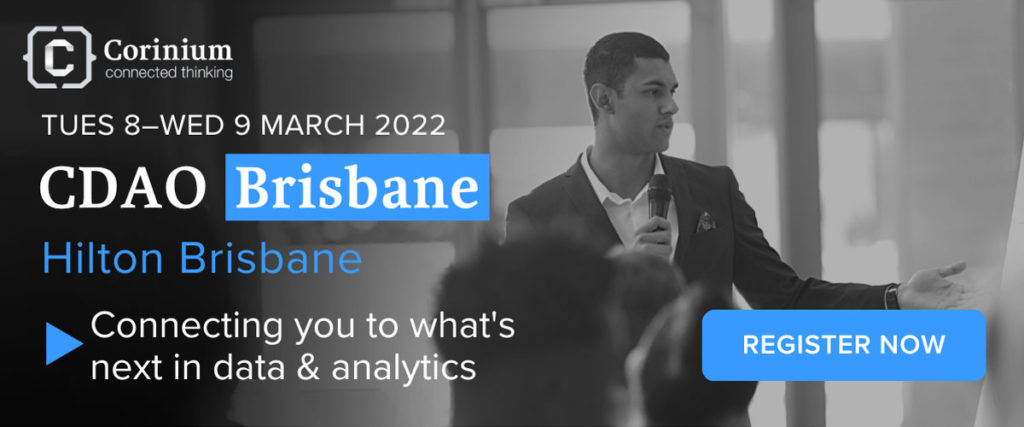How Analytics can Impact Human Services in Australia

Goodstart’s Head of Data & Analytics, Martin Knell, shares insights on the opportunities of AI and machine learning for human services and the key takeaways he has learnt on the road to AI
Goodstart is Australia’s largest childcare and early learning provider, with 650 centres across the country welcoming more than 70,000 children. Although early learning centres are not usually regarded as being at the forefront of technological innovation, Goodstart has harnessed the power of data to deliver new tools to ensure the safety of their children.
Ahead of his appearance at CDAO Brisbane 2023, we asked Knell to share more details about this project, what he has learnt – and of course, what he has planned next.
AI and ML for human services
Knell believes that machine learning, in particular, is ideally placed for human services, as it is better equipped to deal with collinearity than traditional statistics. Why is this important? Knell argues it is because AI and ML crack the “multivariate problem”.
“Humans in general (and children in particular), are always influenced by about 1000 things, and you can't hold 999 parameters constant and change one like in a laboratory experiment,” he says. “That means we depend on analytics tools that can deal with collinearity and that can give us the importance of one driver once adjusted for all others.”

Integrating Data and Analytics into Business Strategy
When it comes to AI and analytics projects, Knell argues that to be successful, you need to integrate analytics with business strategy.
“The idea that analytics teams sit somewhere on an underground floor beside a server room and come up with innovations that then the rest of the business becomes excited about rarely works.” he argues.
Instead, Knell recommends sitting down with the board to discuss key strategic challenges and then evaluate for which of these analytics can help to improve decision-making.
Through this process, Goodstart identified child safety as a key target, and then ran gradient boosting machines (GBM) over 300 input parameters to understand those drivers that are most predictive of the injury outcome. As a result, Goodstart were able to give every single centre a risk score and work with each centre to improve preventative measures.
From an Idea to Production
Statistics are not in favour of an AI project being successful and Knell admits that their first production model took a long time as the use case wasn’t prepared with production in mind.
“To be successful it’s necessary to organise your code into modules along the analytics chain from data ingestion to data transformation, to then train the model, and then create the inference model,” he says.
Additionally, he suggests focusing on the data cleaning and transformation steps, as these are easily overlooked with regard to automation when there is excitement about the project and the modelling stage.
Finally, he believes that to succeed, you need a user interface that can be updated with new data feeds.
“Importantly, these should present data and findings in a way that is digestible and interpretable for frontline users,” he says.
“It would be easy for the outcome to have been a PowerPoint presentation with interesting insights that people would have gotten excited about for a while - but then ultimately it would have gone on to a virtual shelf collecting dust. It is super important to leave some sort of tool or production model behind to give an analytics project ongoing life.”
Join Martin Knell and other data and analytics leaders at CDAO Brisbane 2023. Click here to register!

.png?width=352&name=Featured%20Images%20(45).png)

